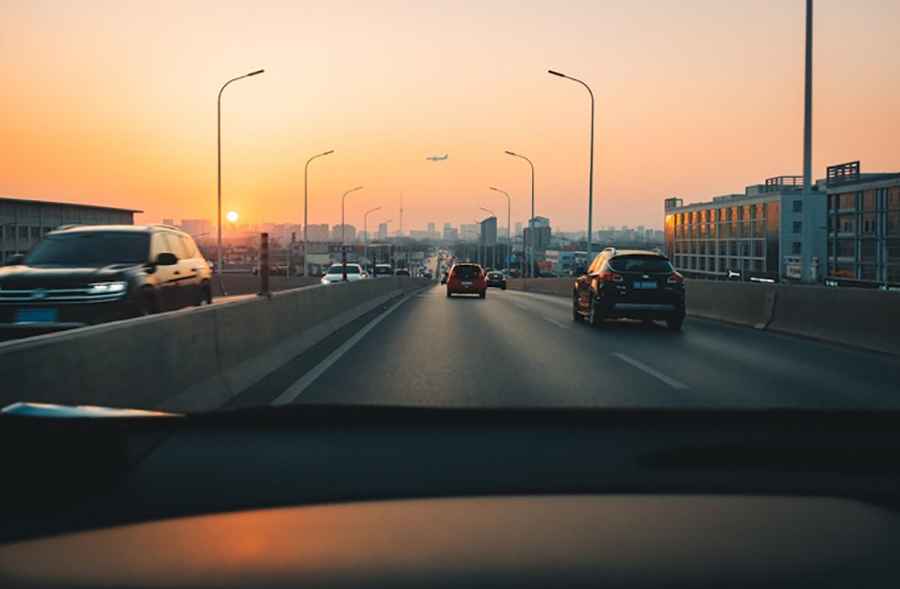What to Do When Your Car Breaks Down: Important Steps for Roadside Emergencies
Breaking down on the side of the road can be a daunting experience, especially if you’re alone. However, preparing yourself for these roadside emergencies with proper knowledge and tools is essential in ensuring that you stay safe and minimize damage to your vehicle.

In this blog post, we will provide an overview of what to do when your car breaks down while on the road as well as some important things to keep in mind - from safety tips to best practices for troubleshooting common car errors. Knowing just a few key steps can make all the difference in responding quickly and efficiently so read on!
Pull over and stop in a safe place
When you're driving, there are many rules that you need to follow to keep yourself and others safe. One of these rules is to make sure that you pull over and stop in a safe place when necessary.
Whether it's because of an emergency situation, a traffic violation, or simply because you need to check your phone, it's important to find a spot where you won't be putting yourself or other drivers in danger.
This could be on the side of the road, in a layby, or even in a car park. Take the time to find a good spot and make sure you're not obstructing traffic or causing any further issues. By following this simple rule, you can help to ensure that the roads are safer for everyone.
Call for help - roadside assistance, tow truck, or automotive repair service
Picture this: you're stranded on the side of the road, your car refusing to budge an inch. You've tried everything you know to fix the issue, but nothing seems to work. That's where roadside assistance, a tow truck, or an automotive repair service comes in. With just one call for help, you can have a professional on their way to help get you back on the road.
Don't let a stalled engine or flat tire ruin your day - let the experts handle it and get you on your way to where you need to be. If the accident happened in Suffolk, England, for example, searching up ipswich towing services can bring up a list of reliable and trustworthy tow truck companies to get you the help you need. Also, having a roadside assistance plan can help you out in situations like these. You may also find experts specializing in your type of vehicle, so look for professionals who are well-versed in handling specific repairs. Finding a repair service for beverage truck issues can ensure that your vehicle gets the specialized attention it requires to keep it running smoothly. This type of service is crucial, especially for businesses that rely on their vehicles for daily operations, ensuring minimal downtime and maximum efficiency.
Turn off the engine and set emergency brakes on if available
When it comes to the safety of your car, it's always important to make sure that you're taking the right steps. One of these steps is to turn off your engine and set the emergency brakes on if available. This will help prevent your car from rolling away and potentially crashing into something while you are trying to figure out what happened.
Also, make sure that you don't walk away from the car and leave it unattended. This is especially important if you're in a busy area or on a highway, as someone could potentially steal your vehicle while you are away.
Get out of the car and move to a safe distance from the vehicle
When it comes to car safety, getting out of the vehicle and moving to a safe distance can be a crucial step in avoiding potential danger. Whether you've been involved in a minor accident or your car has broken down unexpectedly, it's always a good idea to move away and find a safe spot on the side of the road or in an open area away from traffic.
Not only will this keep you out of harm's way, but it will also allow emergency responders or tow trucks to access the scene and take the necessary steps to remedy the situation. Remember, staying inside or standing too close to a disabled vehicle can put you and others at risk. So when in doubt, get out and move to a safe distance.

Take pictures of your car’s location and its condition
You never know when an accident might happen, and your car can take the brunt of the impact. That's why it's always a good idea to snap a few pictures of your car's location and its condition if you're involved in an accident.
These pictures can be especially helpful if you need to file a claim for damages later on. By taking pictures of your car's location, you can help to make it easier for the insurance company to reconstruct the accident and determine who is at fault.
Plus, taking pictures of your car's condition before you leave the scene can provide valuable evidence to support your insurance claim. So, the next time you find yourself in a car accident, don't forget to take a few pictures – it could save you a lot of hassle and headaches down the road!
Check your onboard diagnostics (OBD) system to troubleshoot any potential problems
Your car is a complex machine, and it's not always easy to tell what's going on under the hood. Fortunately, most modern cars are equipped with an onboard diagnostics (OBD) system, which can help you diagnose any issues with your engine, transmission, and other important systems.
By checking your OBD system, you can troubleshoot potential problems before they become major issues, which can save you time, money, and hassle in the long run. Whether you're an experienced DIY mechanic or just looking to keep your car running smoothly, checking your OBD system is an essential part of owning a vehicle.
So, if you're experiencing any issues with your car, be sure to check your OBD system to get the information you need to make informed decisions about repairs and maintenance.
In the event of a car breakdown, it is important to take the necessary steps to ensure your safety. By following the recommendations herein, you can remain calm and safe while awaiting roadside assistance or an auto repair service to come to your rescue.
Pull over and stop safely; turn off the engine and set emergency brakes on if available; then move away from the vehicle to a safe location. After summoning help, be sure to check diagnostics and take pictures of the accident scene in case filing an insurance claim may be necessary.
Taking quick but careful action at the moment of an emergency will go a long way towards providing peace of mind that you will be able to get back on track safely in no time!